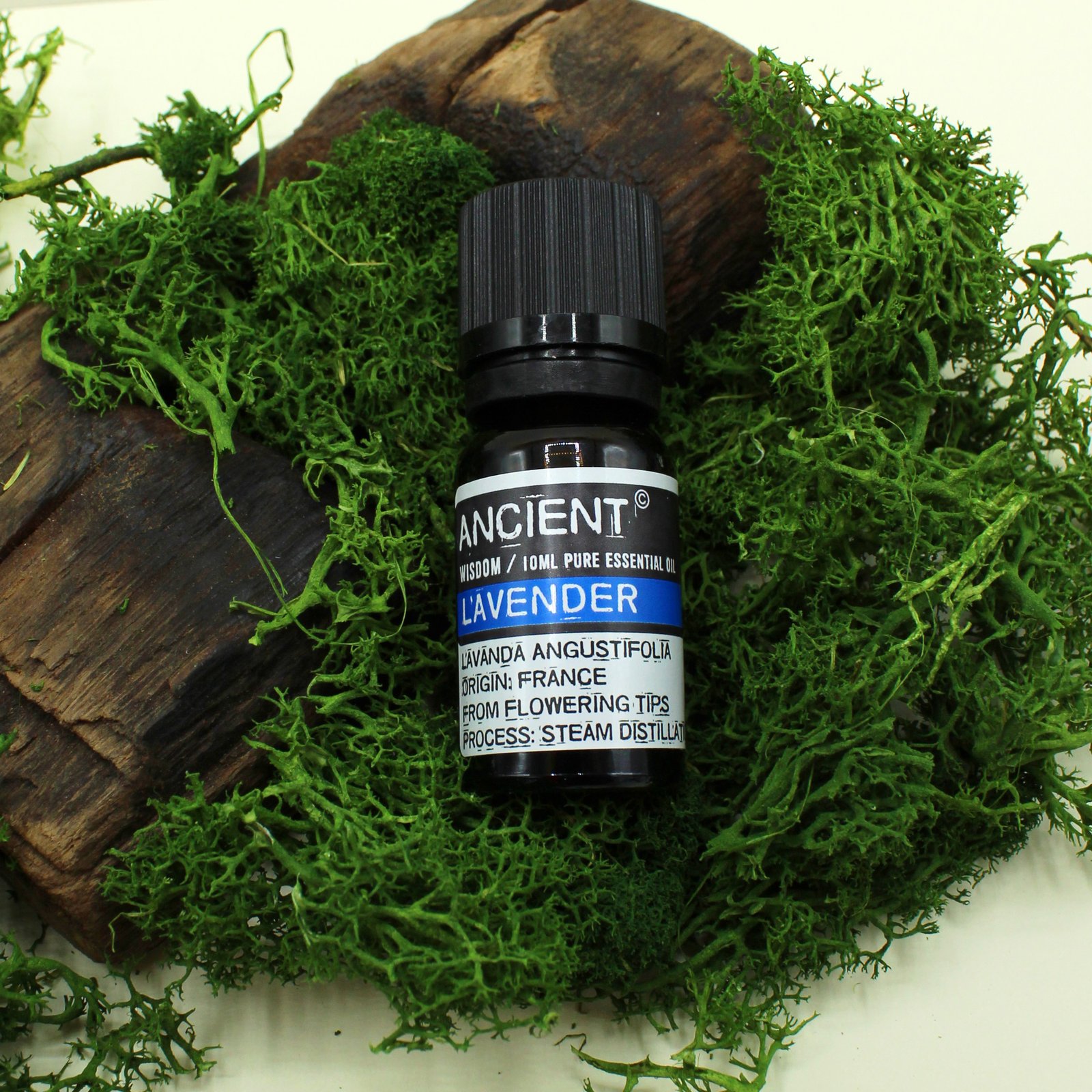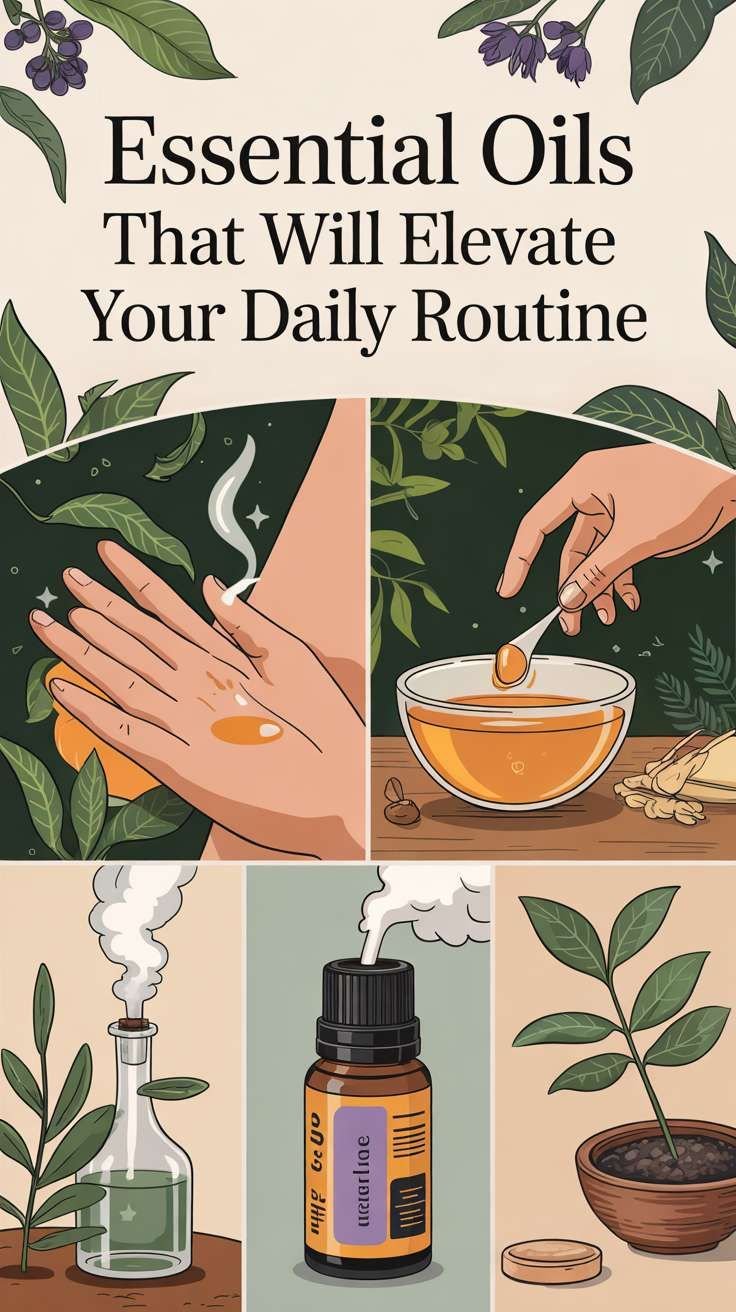
How to Choose the Right Essential Oil for Your Life’s Season
Introduction Our lives move in seasons — moments of growth, rest, change, and renewal. Just as nature shifts with the rhythm of spring, summer, autumn,

USDA Certified Organic Essential Oils are often marketed as the ultimate choice for purity and safety, but are they genuinely superior to non-organic options? With growing demand for organic products, many consumers willingly pay premium prices, assuming that the organic label guarantees pesticide-free and environmentally-friendly practices. However, the “organic” label doesn’t always mean what you might think.
This blog delves into the key differences between organic and non-organic essential oils, exploring whether the organic certification truly delivers on its promises of health and sustainability—or if it’s simply a marketing trend.
The debate between organic and pure essential oils largely revolves around personal values and priorities. Organic essential oils appeal to those seeking sustainable farming practices and reduced exposure to synthetic pesticides. Conversely, non-organic essential oils, when sourced responsibly, can provide comparable quality at a lower cost.
Here’s what you need to know about both options to make an informed choice.
The USDA Certified Organic label suggests reduced pesticide use, but even organic products can contain naturally derived pesticides. According to the American College of Healthcare Sciences, organic essential oils can still harbor traces of pesticides, fungicides, or insecticides due to approved farming practices.
Expert Insight:
Brett Harris, an essential oil chemist, emphasizes that the cost difference between organic and non-organic oils is substantial and often unnecessary. He notes that high-quality non-organic oils, when carefully sourced, can rival organic options.
Many essential oils are sourced from developing countries where organic certification can be prohibitively expensive. Farmers in these regions may already avoid pesticides, but without formal certification, their products cannot carry the USDA Organic label.
As Tanner Wortham, a chemist at Essential Oil University, explains, “Organic farming resources are not always accessible, especially in third-world countries where many essential oils are produced. This doesn’t mean the oils lack purity or quality—it’s simply a barrier of cost and logistics.”
Non-organic essential oils can still meet high standards of safety and quality. Rigorous testing, including gas chromatography-mass spectrometry (GC-MS) analysis, ensures these oils are free of harmful pesticides, synthetic chemicals, and adulterants.
According to aromatherapist Robert Tisserand, the pesticide residue in responsibly sourced non-organic oils is often negligible, making them a safe and cost-effective choice for many consumers.
The decision to buy organic or non-organic essential oils ultimately depends on your personal priorities:
At SunooM, we believe in transparency and quality, regardless of certification. Through extensive testing and partnerships with reputable farms and distillers, we ensure our oils are free from harmful chemicals, adulterants, and fillers—offering nature’s best without the premium price tag.
While USDA Certified Organic Essential Oils may seem like the gold standard, high-quality non-organic options can be just as effective, safe, and environmentally conscious when sourced responsibly. The key is to prioritize transparency and testing over labels alone.
When choosing essential oils, always research the brand and their production practices. Whether you opt for organic or non-organic, a well-informed decision ensures you enjoy the therapeutic benefits of essential oils without compromise.
What do you look for in your essential oils—organic certification, affordability, or something else? Let us know in the comments!

Introduction Our lives move in seasons — moments of growth, rest, change, and renewal. Just as nature shifts with the rhythm of spring, summer, autumn,

Imagine walking into a space that instantly soothes your spirit, calms your mind, and feels like a gentle embrace from nature itself. That’s the power

Every year, millions of people around the world lose their lives to just a handful of diseases. In fact, about 70% of all deaths are

What is the 08/08 Portal? Every year on August 8th, the powerful Lion’s Gate Portal opens — a cosmic alignment between Earth, the Sun, and

Have you ever felt disconnected from your higher self, experienced mental congestion, or found it hard to trust in your path? These may be signs

Do you sometimes feel disconnected from your intuition or experience mental fog? These may be signals that your Third Eye Chakra—also known as Ajna—is out